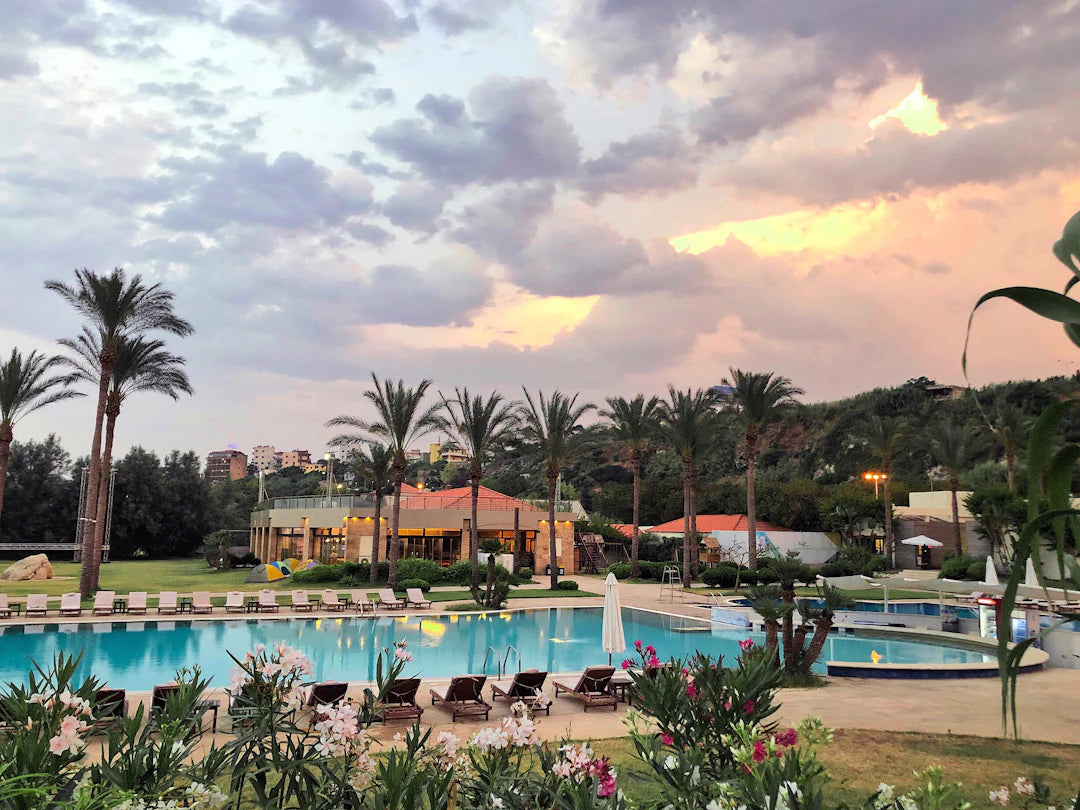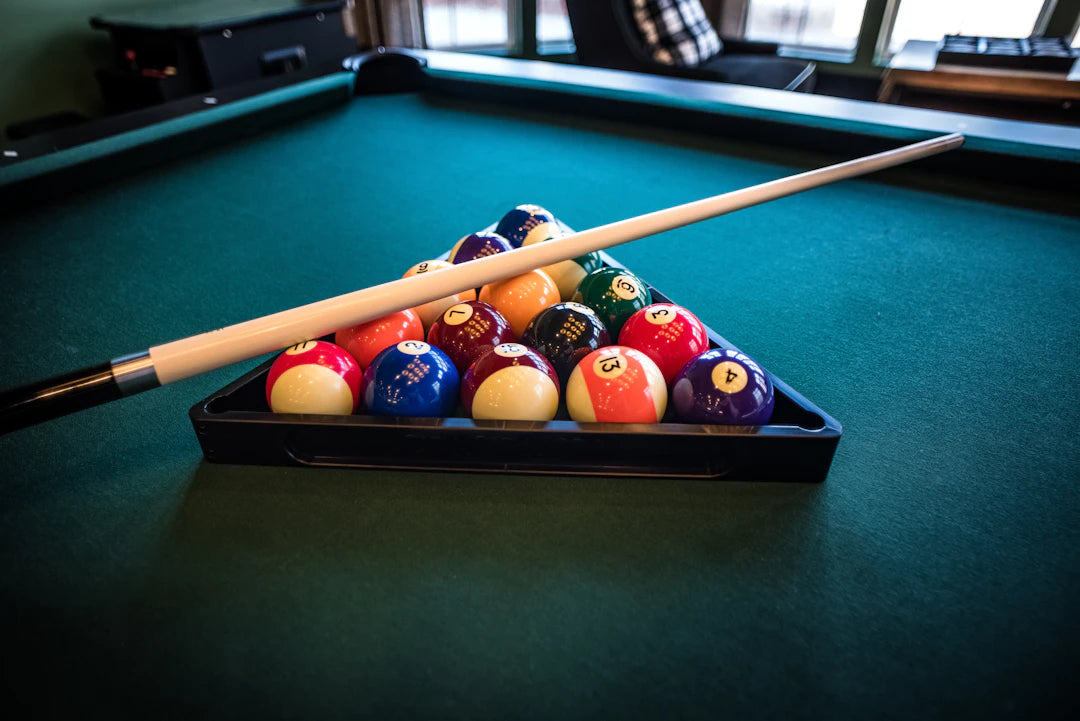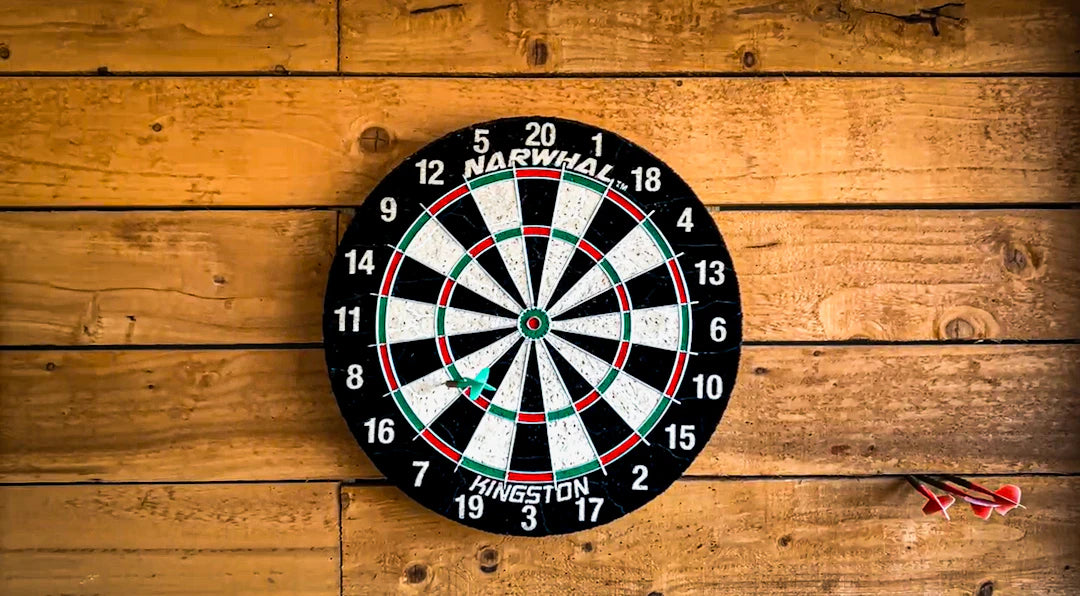Overview
Swim spas offer a space-efficient, year-round option with hydrotherapy benefits, while traditional pools provide extensive customization, social gathering space, and can increase property value. Swim spas generally have lower initial and maintenance costs, quicker installation, and fewer permitting requirements. Consider your primary usage, available space, and budget when choosing between the two options for your backyard oasis.
Frequently Asked Questions
1. What are the benefits of swim spas?
2. How do traditional pools differ from swim spas?
3. What are the cost differences between swim spas and traditional pools?
4. How long does installation take for swim spas compared to traditional pools?
5. What factors should I consider when choosing between a swim spa and a traditional pool?
When it comes to enhancing your backyard oasis, the debate between swim spas and traditional pools reigns supreme. Both options offer unique benefits and experiences, catering to diverse lifestyles and preferences. In this comprehensive guide, we’ll dive deep into the advantages, disadvantages, and considerations of each option to help you make an informed decision for your home. Let’s start exploring the world of swim spas and traditional pools!
The Allure of Swim Spas
Swim spas have gained immense popularity in recent years, attracting homeowners seeking versatility and comfort. Blending the best features of hot tubs and swimming pools, swim spas can significantly enhance your leisure time. Let's take a closer look at the compelling advantages of choosing a swim spa.
Space-Efficient Design
One of the standout features of swim spas is their compact size. If you have limited backyard space, a swim spa can provide a fantastic alternative to a traditional pool. With swimming spots often around 14 to 20 feet in length, they can easily fit in tighter areas without sacrificing functionality.
Year-Round Usability
Unlike traditional pools that may only be enjoyed in warmer months, swim spas allow you to swim and relax year-round. With temperature control features, you can enjoy a warm soak in the winter while still engaging in a refreshing swim. This versatile use makes them an appealing option for households in varying climates.
Hydrotherapy Benefits
Swim spas are designed with powerful jet systems, enabling you to indulge in hydrotherapy at home. This feature can significantly enhance physical wellness and relaxation. The combination of swimming against current and therapeutic massage jets targets sore muscles, enhances blood circulation, and contributes to overall better health.
The Classic Appeal of Traditional Pools
On the opposite side of the spectrum, traditional pools have long been a staple in many backyards, recognized for their scalability and variety of designs. From in-ground to above-ground options, traditional pools provide homeowners with a multitude of features to consider.
Size Options and Customization
Traditional pools come in an extensive range of sizes, shapes, and depths. Whether you want a sprawling Olympic-sized pool for hosting gatherings or a modest kiddie pool for family fun, traditional pools can be customized heavily to suit your desires. There’s a design for everyone!
Social Gathering Hub
For many, a swimming pool is more than just a place to swim; it's a social gathering spot! Imagine hosting summer barbeques, pool parties, or family reunions around your expansive pool—an experience that’s hard to replicate with a swim spa. Traditional pools can also accommodate more people, fostering a sense of community and camaraderie during those sunny summer days.
Increased Property Value
A well-maintained traditional pool can boost the resale value of your property. Potential homebuyers often see a pool as a significant addition, making your home more attractive in a competitive market. If you’re considering long-term investment, a traditional pool could be worthwhile.
Cost Comparison: Swim Spas vs Traditional Pools
When considering addition to your property, understanding the cost is crucial. The financial commitment can vary widely between swim spas and traditional pools, impacting your overall decision.
Initial Investment
Generally, swim spas have a lower initial investment than traditional pools. A swim spa can cost anywhere from $15,000 to $40,000, depending on features and brands. In contrast, traditional pools often involve costs starting at $30,000 and can easily exceed $100,000 for high-end options.
Maintenance Costs
Swim spas also tend to incur lower maintenance costs. They require less water replacement, fewer chemicals, and minimal cleaning due to their smaller size. Traditional pools, however, can demand a more substantial investment in maintenance, including filters, chemicals, and routine cleaning services.
Utility Costs
Keep in mind that operating costs are another aspect to consider. While swim spas might be more energy-efficient, depending on usage and heating, traditional pools can lead to higher utility bills due to water filtration and heating systems. Weighing these ongoing costs is essential in making your final decision.
Installation Considerations
Choosing between a swim spa and a traditional pool isn’t just about the type; it also involves considering the installation process.
Installation Time
The installation of a swim spa is typically much quicker, often only taking a few days. In contrast, the installation of a traditional pool can take several weeks, depending on the design complexity, weather conditions, and soil quality.
Location and Permitting
Depending on local regulations, traditional pools may require more permits and inspections than swim spas. As swim spas are viewed as portable spas, they generally face fewer logistical hurdles. Always check with local authorities to understand the requirements in your area before proceeding with installation.
Usage: Fitness vs. Leisure
Your intended use of the water area can greatly influence your decision. Swim spas and traditional pools cater to different desires and lifestyles.
Active Lifestyles
If fitness is your priority, swim spas can offer a unique swimming experience with current jets that allow you to swim in place, providing an excellent workout. Their size makes them perfect for exercise regimens without the need for extensive space.
Relaxation and Leisure
If relaxation is the primary objective, traditional pools present a spacious environment for lounging and entertaining. They are often designed with social interactions in mind, offering a larger area for families and friends to enjoy.
Which Option Meets Your Needs? Take a Closer Look
As you weigh the benefits of swim spas and traditional pools, consider your personal preferences and lifestyle. Ask yourself the following questions:
- What is the primary purpose of installing a swimming area? Fitness, relaxation, entertainment, or all of the above?
- How much space do you have available in your backyard?
- What is your budget for installation and maintenance?
- How often will you be using your swim space throughout the year?
- What kind of functionality is most important to you: hydrotherapy, swimming, social gatherings, etc.?
Finding Your Perfect Fit
In conclusion, the decision between a swim spa and a traditional pool ultimately boils down to individual needs and preferences. Both options boast unique advantages that can enhance your lifestyle in different ways. By weighing the pros and cons outlined in this guide, along with your own priorities, you are well on your way to finding the perfect fit for your home.
Ultimately, your backyard should be a reflection of your lifestyle. Whether you opt for the compact versatility of a swim spa or the expansive charm of a traditional pool, you’re investing in enjoyment, relaxation, and beauty for years to come. Make the choice that resonates with you, and get ready to enjoy your new oasis!



